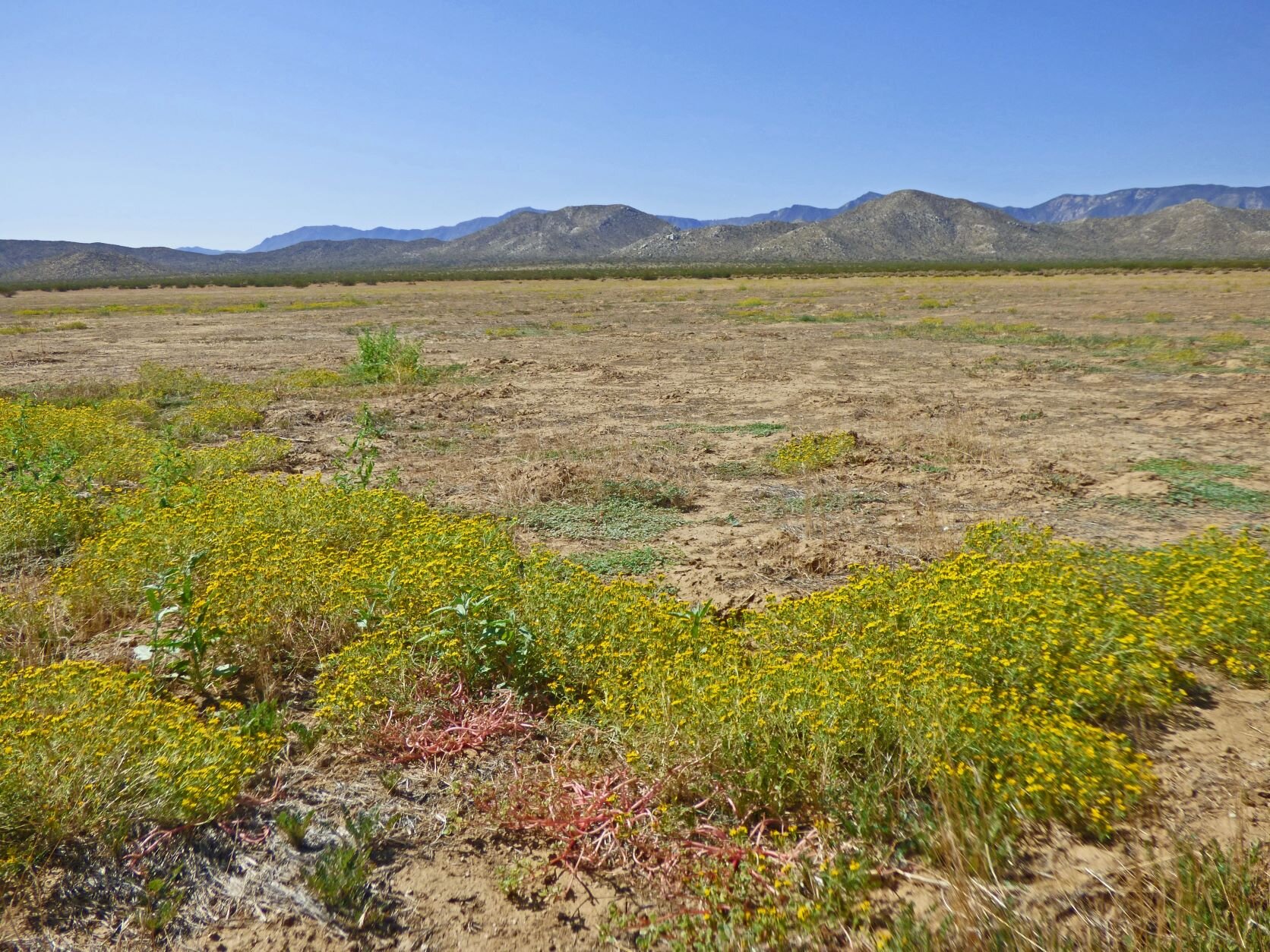A Question and Answer Interview with Clayton Tschudy, CEO of CJT Ecologics and Former Director of Water Conservation Garden
Clayton speaks on January 26 at the CNPS-San Diego Winter Workshop in Balboa Park.
Clayton, after your decades of experience as a landscaper designer and horticultural director why did you decide to become involved in promoting habitat gardens?
My career in horticulture has always been based in science and ecology first. Early in my botanical studies I kept asking, "Why aren't these plants being grown in gardens? They are beautiful, should be easy since they are adapted to local conditions, and attract wildlife." Habitat was always the underlying reason I was involved in natives-focused horticulture. But plants and animals are not usually considered together in horticultural design, not in a rigorous way. Having a strong grounding in local plant ecology within my horticultural work was always leading me back to the creatures. Habitat is ecology.
Tell us about the project you are developing to build an online network of people gardening in their homes and in public spaces to build more habitat for wildlife.
San Diego is a very large urban region, and also a biodiversity hotspot with tremendous biodiversity under threat. From mile-to-mile our local habitats change dramatically. This means that every home garden has the potential to conserve a special aspect of our local ecosystems. But for this to happen homeowners need the knowledge and resources, and community support, to make the right gardening choices. I am launching a blog and online community where people can learn how to create effective, localized, habitat gardens, share experiences with friends, learn how to become citizen scientists, and eventually support others starting that journey. I will introduce the blog in my presentation
Can you name some of the ways in which gardening with native plants creates habitat for wildlife?
To support local fauna, you must use the plant species to which they are best adapted. Some plants native to other regions will have habitat value, but generally speaking, local animals are best adapted to local plants. This is particularly true of the invertebrates, who themselves are the base of the food web supporting larger animals. For this reason, locally native plants are always the backbone of effective habitat gardens.
Three California native plants that are great to put in your yard to attract and nurture wildlife?
Different San Diego plants support different creatures, and few plants have tolerance of every garden condition. That said, using an early, mid-season, and late bloomer would be a good starter set for pollinator support throughout the year. Let's say Ramona Lilac (Ceanothus tomentosus), California Buckwheat (Eriogonum fasciculatum), and Palmer's Goldenbush (Ericameria palmeri). There are many such combinations, and plant choices should be tailored to your garden conditions and local habitat opportunities.
In designing sustainable habitat gardens, what would you say is the first sustainability feature that you consider?
Your very local (within a few miles) plant and biotic communities should be your first consideration. Starting there brings many unexpected, and creative gardening opportunities. It does not limit your options.
You’ve mentioned to me a book that you are working on. What is the focus of it and how will it differ from what else is out there?
Rather than focusing on just a few animals, such as a handful of butterflies, or generalizing about habitat components that are basic and universal, my book will focus on the San Diego region, its unique resources, challenges, and opportunities. Our micro-climates, soil diversity, topographical variety, and high biodiversity make effective habitat gardening both exciting and complex. My book will break down the critical aspects of all that complexity into a protocol that can be followed by home gardeners, as well as professionals, to generate vibrant habitats with significant conservation value, that still offer home gardeners beauty and personal expression in their landscapes
Clayton Tschudy is a botanist and has practiced sustainable landscape design for over 20 years throughout California. Through his company CJT Ecologics, he specializes in water conservation, restoration, and habitat garden designs. He consults with numerous organizations including the City of San Diego, Friends of Balboa Park, City of Chula Vista, the Port of San Diego, San Diego Canyonlands, Tree San Diego, the Irvine Company, GafCon, and others. Mr. Tschudy was the Director of Horticulture for the Water Conservation Garden at Cuyamaca College from 2013 through 2017. Currently he is the Chair of the Wildlife Advisory Group, consulting on natural resource management for the Chula Vista Bayfront for the Port of San Diego and the City of Chula Vista.
Questions written by Joseph Sochor













